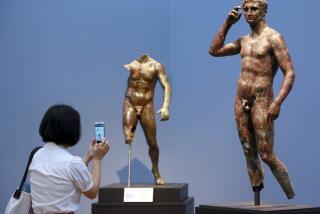A shocking turn: Nazi-looted Pissarro painting won’t return to Jewish family

- Share via
A decades-long court battle over a famous painting that was looted from a Jewish family by the Nazis at the dawn of World War II took a devastating turn for the family Tuesday, when a federal appellate court in the U.S. rejected their plea for the artwork’s return.
The court’s decision means the painting — “Rue Saint-Honoré in the Afternoon. Effect of Rain,” by Camille Pissarro — will remain in the possession of the Thyssen-Bornemisza Collection, a museum owned by the Spanish government, rather than be returned to the descendants of Lilly Cassirer, a Jewish woman who was forced to hand the painting over to the Nazis in exchange for her freedom from Germany in 1939.
The ruling by a three-judge panel of the U.S. 9th Circuit Court of Appeals was a shock to the family and their lawyers, who had anticipated the painting’s long-awaited return after a unanimous — albeit legally narrow — decision in their favor by the U.S. Supreme Court in 2022.
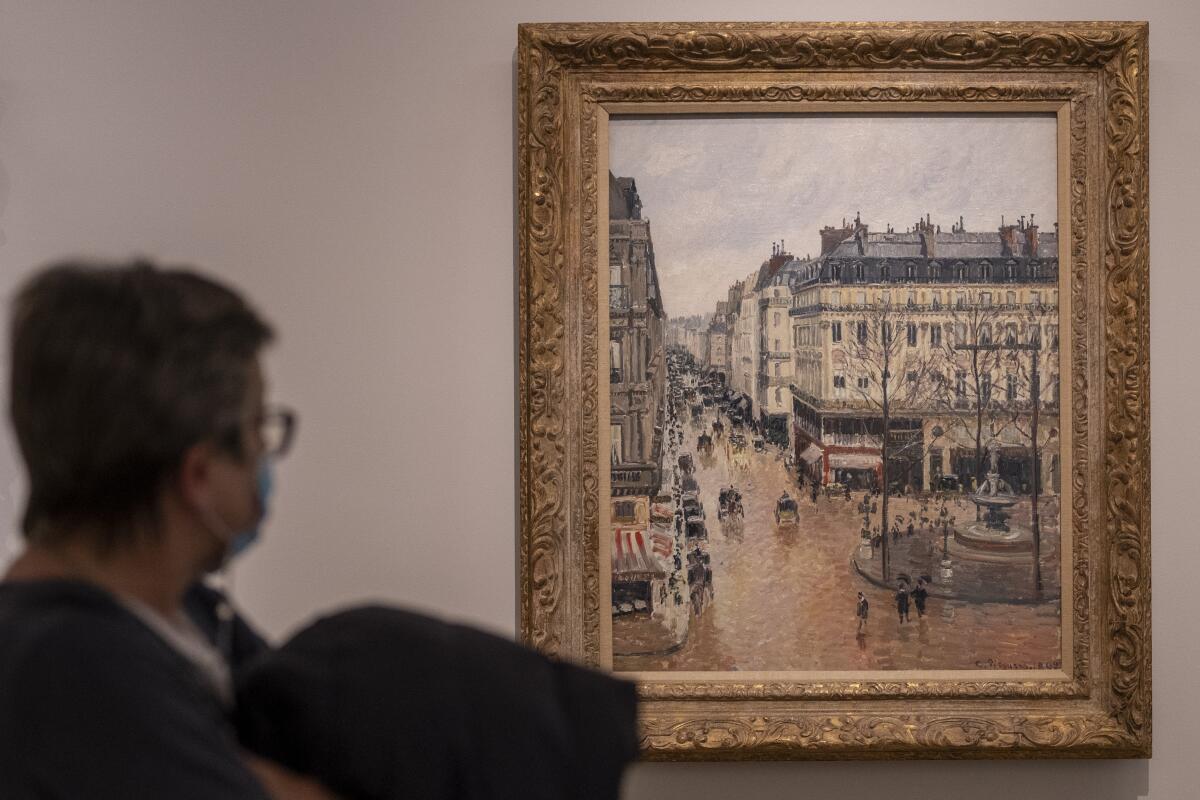
Instead, the appellate court ruled in favor of the Thyssen-Bornemisza Collection, which it found had gained “prescriptive title” to the painting when it purchased it and a trove of other precious artworks in 1993 from Baron Hans Heinrich von Thyssen-Bornemisza, a Swiss art collector and the heir to a vast German steel empire.
David Cassirer, 69, the lead plaintiff in the case and Lilly Cassirer’s great-grandson, deferred comment to his family’s longtime attorney, Sam Dubbin, who told The Times they were “surprised and disappointed by the decision.” Dubbin said they will ask for reconsideration by a larger, 11-judge en banc panel.
In a statement, Dubbin and the family’s other attorneys said Tuesday’s decision “fails to explain how Spain has any interest in applying its laws to launder ownership of the spoils of war, a practice outlawed in the Hague Convention of 1907, and a series of other international agreements joined by Spain for over a century.”
The lawyers said the ruling does not address “how a national museum owned by the Spanish government justifies holding onto a painting that it knows was looted by the Nazis from a Jewish family in the Holocaust.”
The museum’s attorneys, in their own statement, praised the court’s decision, calling it “a welcome conclusion to this case.”
The painting — of a Paris street scene in 1897 and 1898 and estimated to be worth tens of millions of dollars today — had hung in Lilly Cassirer’s Berlin apartment when the Nazis took power. After it was stolen, it was brought to the United States illegally and sold by a Beverly Hills gallery in 1951 before the baron purchased it from a New York gallery in 1976. The museum said it legally acquired the painting in the 1993 purchase.
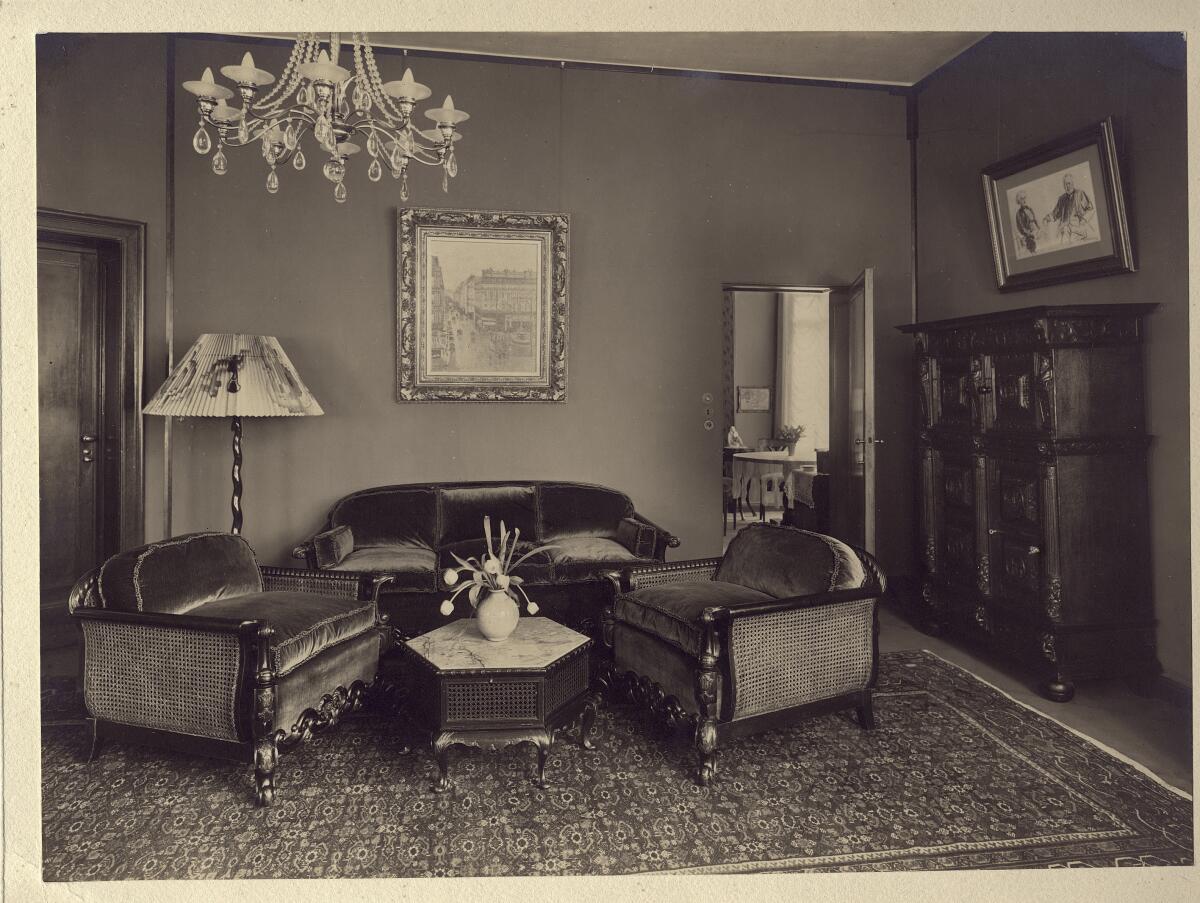
The Cassirer family had considered the painting lost until Claude Cassirer — Lilly’s grandson and David’s father, who has since died — discovered in 2000 that it was part of the Thyssen-Bornemisza Collection. The family filed its lawsuit seeking the painting’s return in a federal court in Los Angeles in 2005.
The case has been watched closely for decades as one that raises important legal and deeply moral questions about what is fair when it comes to Nazi-plundered artwork and other Jewish wealth.
Circuit Judge Consuelo M. Callahan wrote in a concurring opinion that while she agreed with the ruling in the museum’s favor as a matter of law, it went against her “moral compass.”
Callahan wrote that the Spanish government should have “voluntarily relinquished” the painting to the family under an international agreement on the return of Nazi-looted art that Spain and dozens of other countries signed in 2009.
Though the law compelled a ruling against the family, “I wish that it were otherwise,” Callahan wrote.
The emotional heft of the case is partly owed to the clarity of its origins. All of the parties agree that Lilly Cassirer, a member of a prominent art-collecting Jewish family in Berlin, was forced to part with the painting by a vicious and well-organized Nazi program to strip Jewish families of their wealth before they were systematically murdered during the Holocaust.
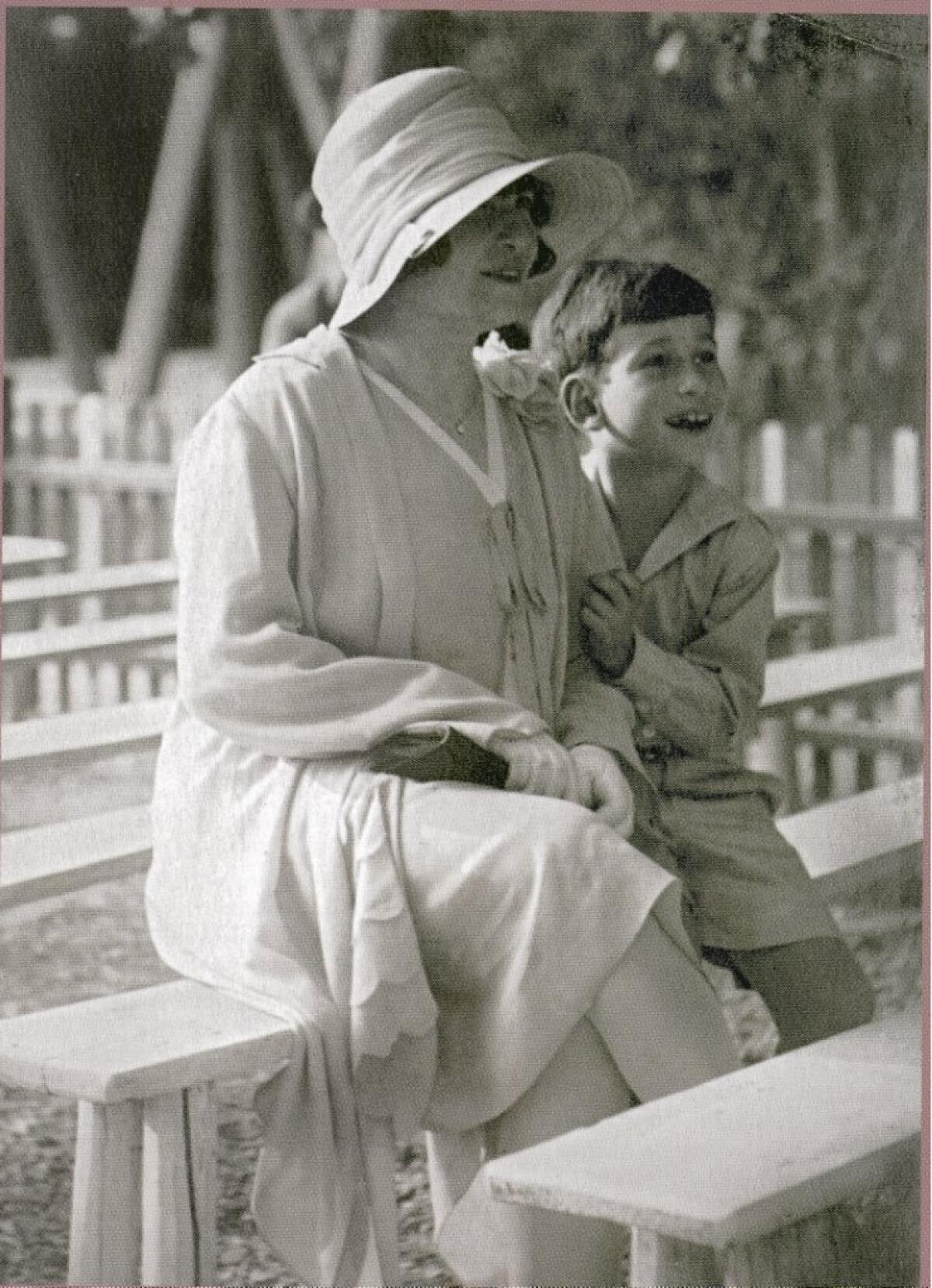
Lawyers for the museum have not argued that the Pissarro wasn’t stolen from the Cassirers by the Nazis. Instead, they have argued that neither the baron nor the museum knew it was looted, and that Spanish law protects their modern ownership of the piece.
Lawyers for the Cassirer family strongly disputed that, alleging that the baron was a sophisticated art collector and that both he and the museum had a responsibility to investigate the artwork’s origins. They would have known the Pissarro piece was stolen had they done the due diligence required of them as legitimate collectors, the family argued.
The family also argued California law demanded the artwork’s return. California officials have argued the same in their own filings in the case.
After filing their lawsuit nearly two decades ago, the family suffered a series of setbacks as courts in the U.S., including the 9th Circuit, ruled against them. Then, however, the U.S. Supreme Court took up the case — which raised its profile, making it one of the most important cases involving Nazi-looted artwork in the world.
In 2022, the Supreme Court tossed out the lower appellate ruling against them and ordered the 9th Circuit to reconsider the case under California law, rather than Spanish law.
As part of its new review, the 9th Circuit asked the California Supreme Court to weigh in on how the state’s laws applied to the dueling claims from Spain and the Cassirers, but the state’s high court declined the request, leaving the matter in the circuit court’s hands.
In its unanimous order Tuesday, the court’s three-judge panel found that, even under California law, the painting should remain with the museum.
The court found it had to consider the interests of Spain and of California in enforcing their respective — and contradictory — laws governing disputed claims of title to stolen paintings, and ultimately apply the law of the government whose interests would be “more impaired” were its law ignored.
The court found Spain has a strong interest in enforcing its laws within its borders, and that applying its laws made sense in the Cassirer case in part because many of the events at issue occurred there, including the museum’s purchase and display of the painting. At the same time, the court found that applying Spain’s law “would only partially undermine California’s interests in deterring theft and in returning stolen art to victims of theft.”
So, it decided, Spanish law won out.
Callahan and the panel’s other two judges — Carlos T. Bea and Sandra S. Ikuta — were appointed by President George W. Bush.
The Cassirer family’s attorneys said the court’s analysis was all wrong, and too dismissive of California’s interests in the matter.
“California’s laws, as Attorney General Rob Bonta clearly explained to the Court, strongly support the rights of its residents to recover stolen works of art in the hands of museums,” they said in a statement.
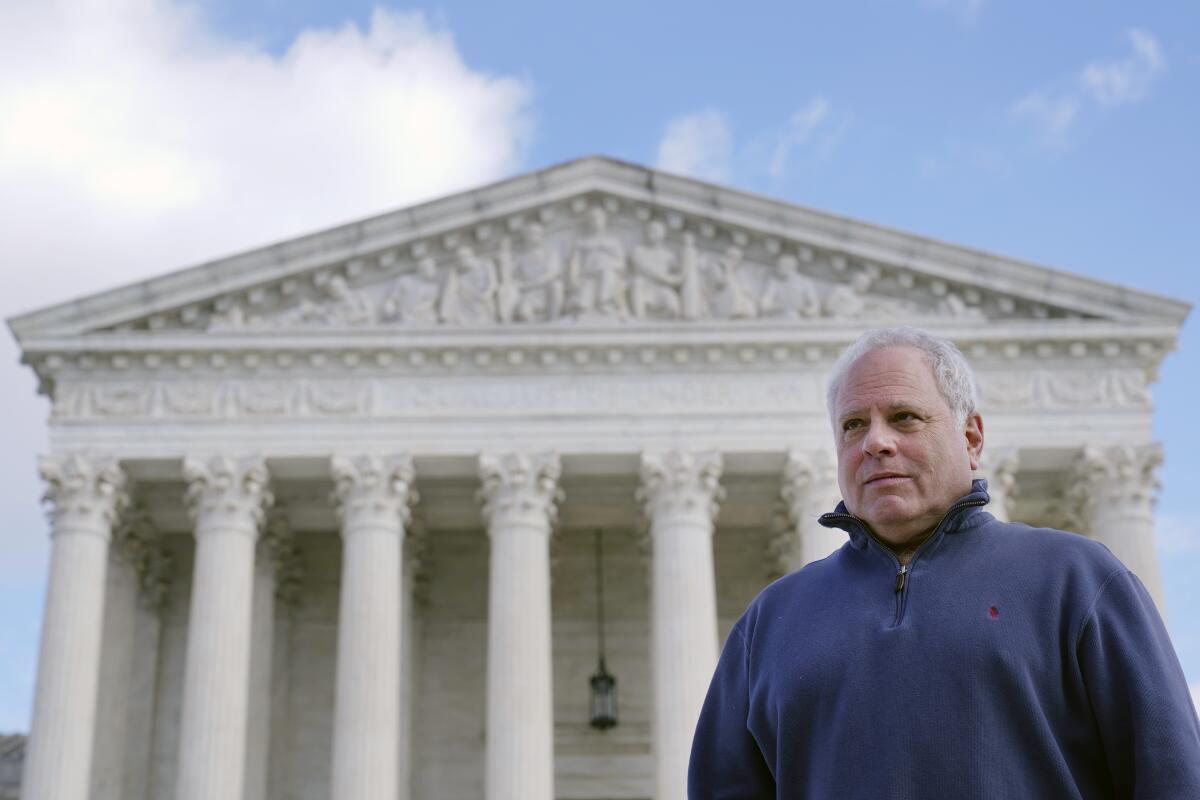
Both David Cassirer and his father, Claude, “fought honestly and vigorously since learning that Spain held the Cassirers’ Pissarro painting, for the principle that artworks looted by the Nazis, or in any similar atrocities, must be returned to their rightful owners,” they said, and they “won’t stop now.”
“The Cassirers believe that, especially in light of the explosion of antisemitism in this country and around the world today, they must challenge Spain’s continuing insistence on harboring Nazi looted art,” the family’s lawyers said in a statement.
The court’s decision Tuesday, they said, “gives a green light to looters around the world.”
More to Read
Sign up for Essential California
The most important California stories and recommendations in your inbox every morning.
You may occasionally receive promotional content from the Los Angeles Times.

